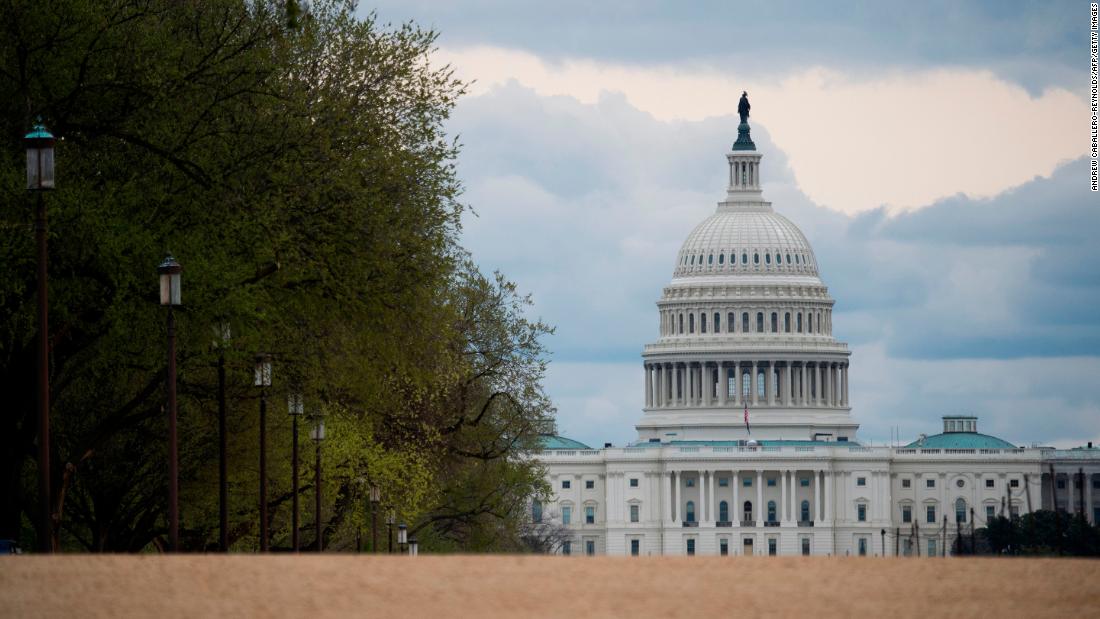[ad_1]

“While it may still take a year or longer for activity and employment to return to prior levels, the path now looks both shorter and more direct than most had assumed,” Citigroup’s Andrew Hollenhorst and Veronica Clark told clients Friday.
Joseph Brusuelas, chief economist at RSM, said it’s a sign that stimulus programs such as the Paycheck Protection Program, which provides emergency loans to struggling small businesses, have been effective.
But just because some people are returning to work doesn’t mean the heavy lifting from policymakers can end, Brusuelas warned.
“Sustained policy attention” is still needed for the tens of millions who remain out of work, he said. “Both the fiscal and monetary authorities will need to follow through on their current respective policy paths.”
Coming up: The Federal Reserve, which will make a policy announcement on Wednesday, is under pressure to maintain and supplement its huge program of bond purchases, which has helped fuel the meteoric rise in stocks and other risky assets. The S&P 500 finished the week 4.9% higher, its third consecutive week of sizable gains.
Investors are also waiting for more stimulus from the US government, which has already committed more than $2 trillion but could go further.
Berlin — known for its fiscal conservatism — has committed more than 13% of Germany’s 2019 GDP in extra government spending, along with more than 7% of GDP in tax deferrals and 27% in liquidity provisions and other guarantees. The United States has put up 9% of 2019 GDP in stimulus spending, along with 2.6% in deferrals and another 2.6% in liquidity provisions or guarantees.
Such data encourages many economists to call for more help.
“We continue to remain concerned about the health of the economy after the initial jump higher from reopening,” Bank of America economists Alexander Lin and Michelle Meyer told clients Friday. “The path ahead is still likely to be bumpy given risks posed from the virus and many millions of displaced workers.”
Where the jobs are coming back
From retail stores to restaurants across America, people are returning to their old places of work or finding new jobs where possible, though the overall employment situation remains grim.
These sectors are seeing the greatest gains, per my CNN Business colleague Shannon Liao:
- Restaurants and bars added back nearly 1.4 million jobs in May as they started reopening, according to the Bureau of Labor Statistics.
- The construction industry added 464,000 jobs, gaining back nearly half of what it lost in April.
- Retail stores brought back 367,800 jobs, with clothing stores seeing the biggest gains.
- Factories added 225,000 jobs as plants fired up again.
- Dentist offices reopened, leading to the return of 244,800 jobs.
Up next
Monday: New York City begins reopening
Wednesday: Federal Reserve policy decision; US and China inflation data
Friday: University of Michigan consumer sentiment survey
[ad_2]
Source link

